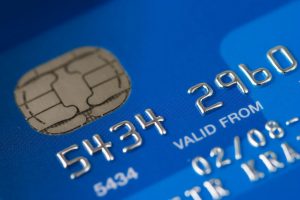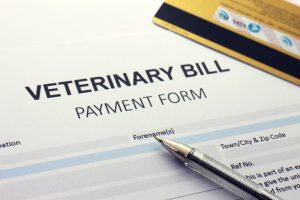In today’s world of technology, having two or three or even five different passwords is not uncommon for accessing the many accounts you have on-line. Therefore, you should reduce your risk by being smart and taking a little extra time when setting up your on-line accounts.
Yes, you have legal rights if your information is stolen, but why would you want to go through all the hassle after the fact? Help yourself by preventing the need to jump through hoops to correct stolen information.
Here are 6 tips you should use to protect your personal information.
1. Create unique passwords
- Create unique passwords with a combination of letters, upper & lower case and numbers and special symbols if allowed.
- The highest level of password security is a combination of upper & lower case letters with numbers and special characters like (!@#$%^&*).
- You should change your passwords at least every 6 months, recommended is every 3 months. I know, it is a pain but well worth it.
- Never store your passwords on paper or in a computer. If you must store the passwords to remember (and only if it is absolutely necessary), use this little trick to help you remember. If your password is “Horse*91234” write (—H – – – — – – star – – — – – – – -4) as a reminder or use any variation to which only you would know the answer. Using phrases or words as reminders is not always effective because we tend to give too much information in the phrase that someone may be able to figure-out.
- Another solution is to install a dedicated password memorization program like Roboform, KeePass, LastPass, 1Password, and Dashlane.
2. Regularly check on your accounts online
Take 10 minutes per week to check your accounts to verify all account activity is legitimate and accurate. Spend 10 minutes now, or hours and hours later trying to correct problems. Do not wait for your month end statement to review your accounts.
3. Set up account alerts for all your credit card and bank accounts
This is a very valuable tool that most banks and credit card companies have available to their customers today. For your bank accounts you can be notified via email, text or phone call for the following:
- Minimum balance reached.
- Withdrawals made on the account over a certain dollar amount. This can be a very useful tool but also frustrating if you use your credit cards often. However, thieves are getting smarter and they realize that charges under $50.00 are covered by the issuing bank and may not be detected by you until it is too late. Click here to see what your liability will be if your information is lost or stolen.
- Deposits made to the account.
- Available balance notification.
4. Reconcile your accounts monthly
People who don’t reconcile their accounts on a monthly basis are asking for trouble. It is not the responsibility of the financial institution to monitor your account. Many do offer some type of monitoring as an added service but it is your responsibility to know what is correct and what is not.
Reconciling your account on monthly basis also helps you understand where you are spending your money which in turn will help you better budget and understand your spending habits. It will also save you some money. Do you realize how much you spend on fast food, for example?
5. Never give out your personal information in an email or an attachment to an email
No reputable company will ever ask for personal information through an email. Transmission through a secure email link is the only time you should consider sending sensitive information in an email.
6. Review your credit report on a regular basis
You are allowed one free credit report yearly — take advantage of it! If you take the above steps to secure your personal information you should not need to enroll in services that charge you a monthly fee to monitor your credit. You should already be aware of wrongful activity on your account if you follow the advice above and put it into action.





